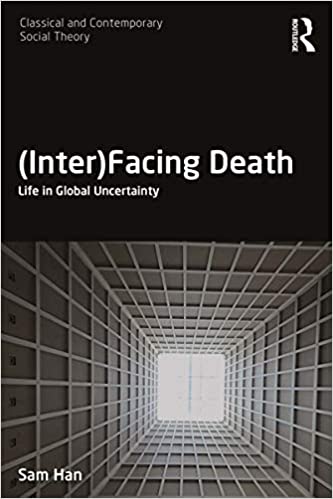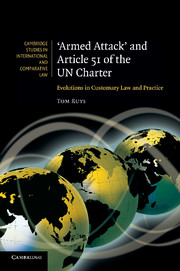In modern times, death is understood to have undergone a transformation not unlike religion. Whereas in the past it was out in the open, it now resides mostly in specialized spaces of sequestration—funeral homes, hospitals and other medical facilities. A mainstay in so-called traditional societies in the form of ritual practices, death was usually messy but meaningful, with the questions of what happens to the dead or where they go lying at the heart of traditional culture and religion. In modernity, however, we are said to have effectively sanitized it, embalmed it and packaged it—but it seems that death is back. In the current era marked by economic, political and social uncertainty, we see it on television, on the Internet; we see it almost everywhere. (Inter)Facing Death analyzes the nexus of death and digital culture in the contemporary moment in the context of recent developments in social, cultural and political theory. It argues that death today can be thought of as "interfaced," that is mediated and expressed, in various aspects of contemporary life rather than put to the side or overcome, as many narratives of modernity have suggested. Employing concepts from anthropology, sociology, media studies and communications, (Inter)Facing Death examines diverse phenomena where death and digital culture meet, including art, online suicide pacts, the mourning of celebrity deaths, terrorist beheadings and selfies. Providing new lines of thinking about one of the oldest questions facing the human and social sciences, this book will appeal to scholars and students of social and political theory, anthropology, sociology and cultural and media studies with interests in death.
چکیده فارسی
در دوران مدرن، تصور می شود که مرگ دستخوش دگرگونی هایی شده است که بی شباهت به دین نیست. در حالی که در گذشته در فضای باز بود، اکنون بیشتر در فضاهای تخصصی جداسازی - خانه های عزاداری، بیمارستان ها و سایر امکانات پزشکی ساکن است. در جوامع به اصطلاح سنتی در قالب آداب آیینی، مرگ معمولاً نامرتب اما معنادار بود، با این پرسش که چه اتفاقی برای مردگان میافتد یا به کجا میروند در قلب فرهنگ و مذهب سنتی نهفته است. با این حال، در مدرنیته، گفته میشود که ما آن را به طور مؤثر ضدعفونی کردهایم، مومیایی کردهایم و بستهبندی کردهایم – اما به نظر میرسد که مرگ بازگشته است. در عصر کنونی که با عدم قطعیت اقتصادی، سیاسی و اجتماعی مشخص شده است، ما آن را در تلویزیون و اینترنت مشاهده می کنیم. ما آن را تقریبا در همه جا می بینیم. (Inter) Facing Death پیوند مرگ و فرهنگ دیجیتال را در لحظه معاصر در چارچوب تحولات اخیر در نظریه اجتماعی، فرهنگی و سیاسی تحلیل میکند. این استدلال میکند که مرگ امروز را میتوان بهعنوان «واسطهای» در نظر گرفت که در جنبههای مختلف زندگی معاصر بهجای کنار گذاشته شدن یا غلبه بر آن، آنطور که بسیاری از روایتهای مدرنیته پیشنهاد کردهاند، واسطه و بیان میشود. با به کارگیری مفاهیمی از انسان شناسی، جامعه شناسی، مطالعات رسانه ای و ارتباطات، (Inter)Facing مرگ پدیده های مختلفی را که در آن مرگ و فرهنگ دیجیتال با هم تلاقی می کنند، از جمله هنر، پیمان های خودکشی آنلاین، سوگواری بررسی می کند. مرگ افراد مشهور، سر بریدن تروریست ها و سلفی ها. این کتاب با ارائه خطوط جدیدی از تفکر در مورد یکی از قدیمیترین پرسشهای پیش روی علوم انسانی و اجتماعی، برای محققان و دانشجویان نظریههای اجتماعی و سیاسی، مردمشناسی، جامعهشناسی و مطالعات فرهنگی و رسانهای با علاقه به مرگ جذاب خواهد بود.
ادامه ...
بستن ...
ISBN-13: 978-1138214101
ISBN-10: 1138214108
ادامه ...
بستن ...










